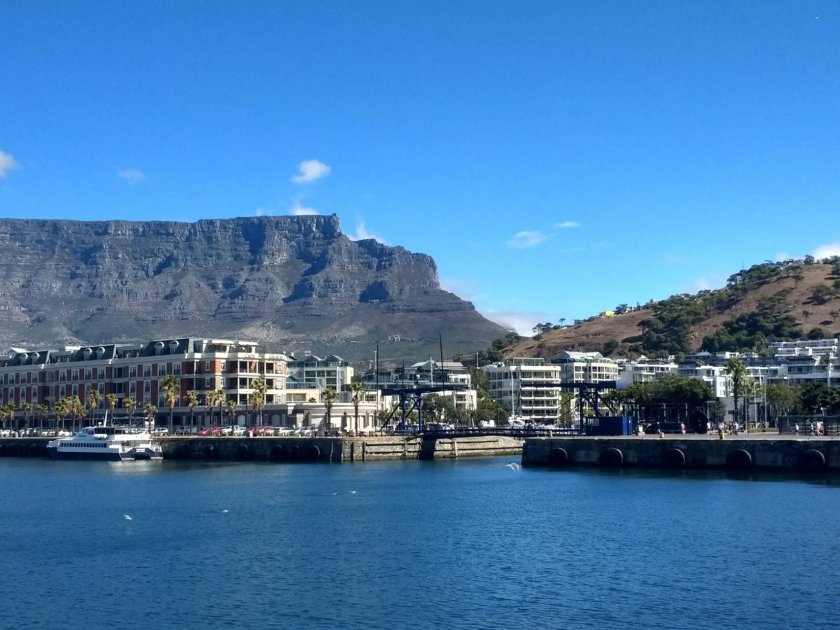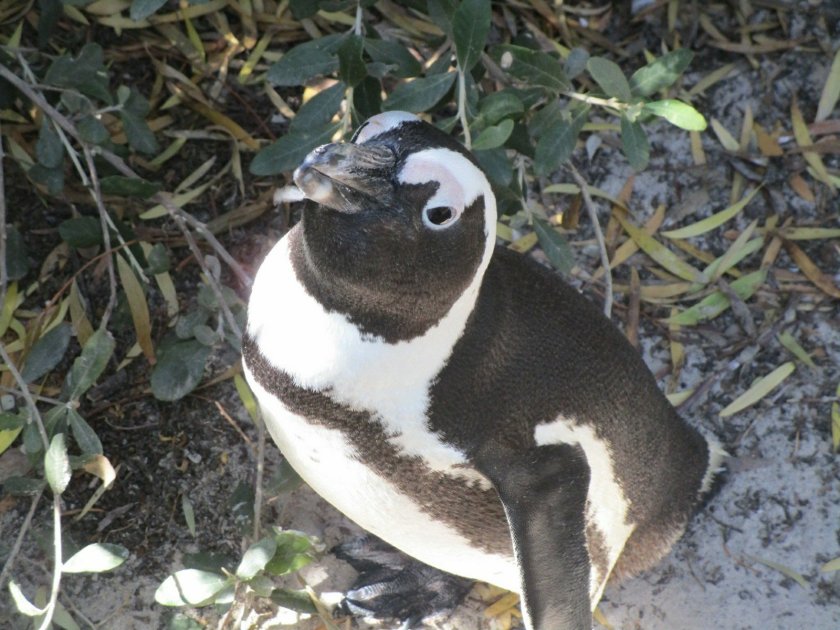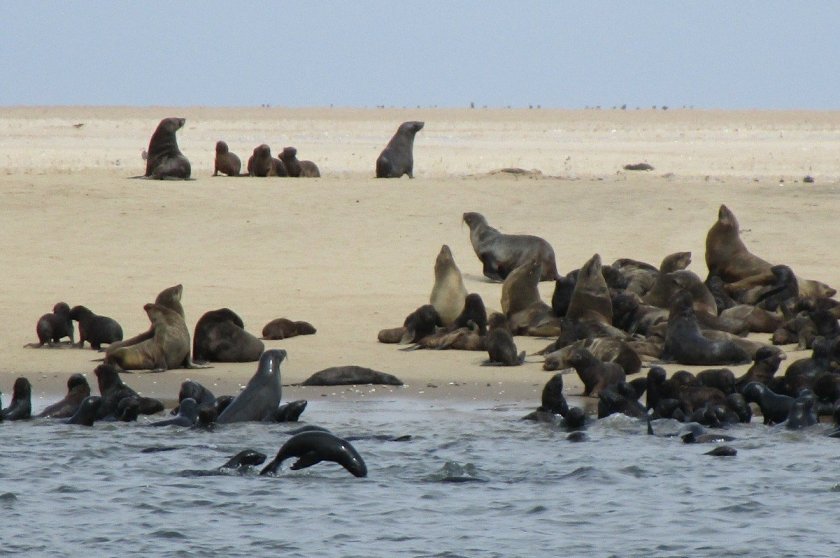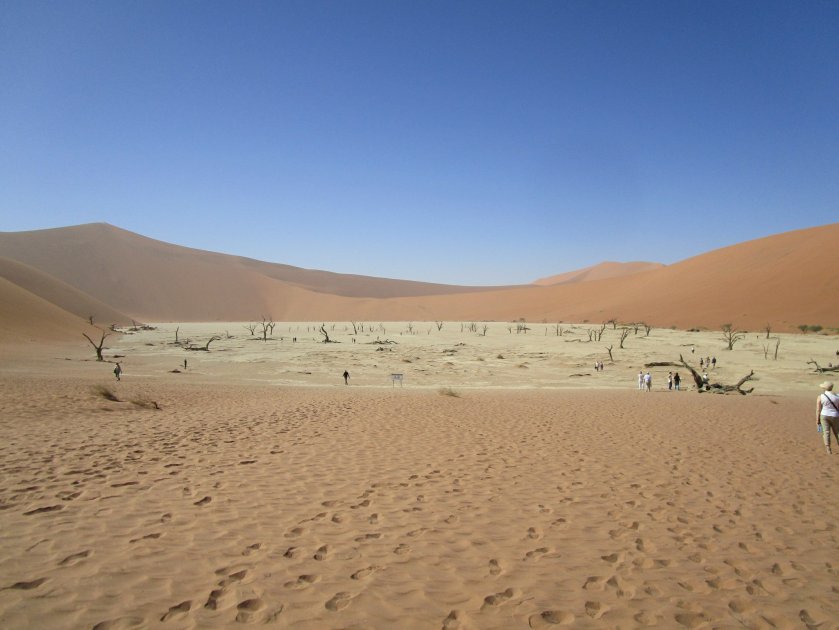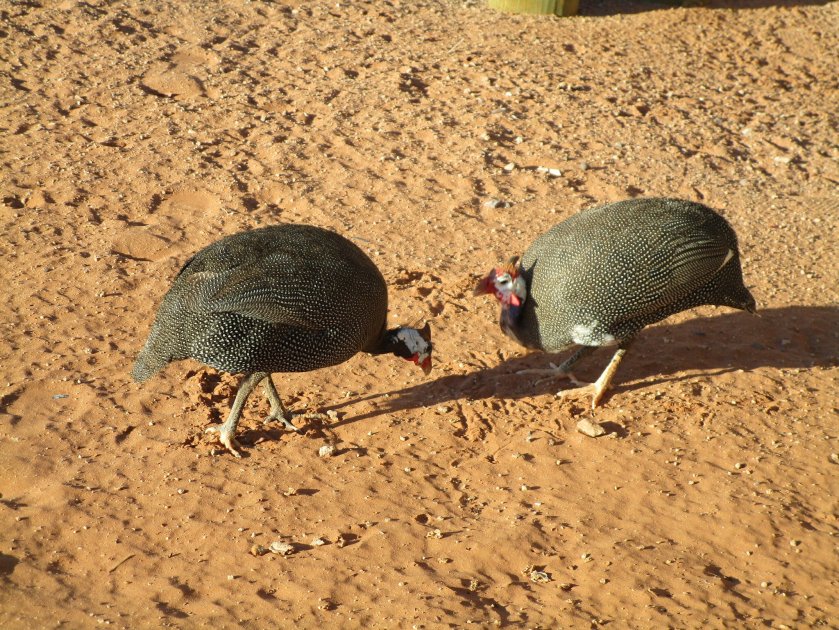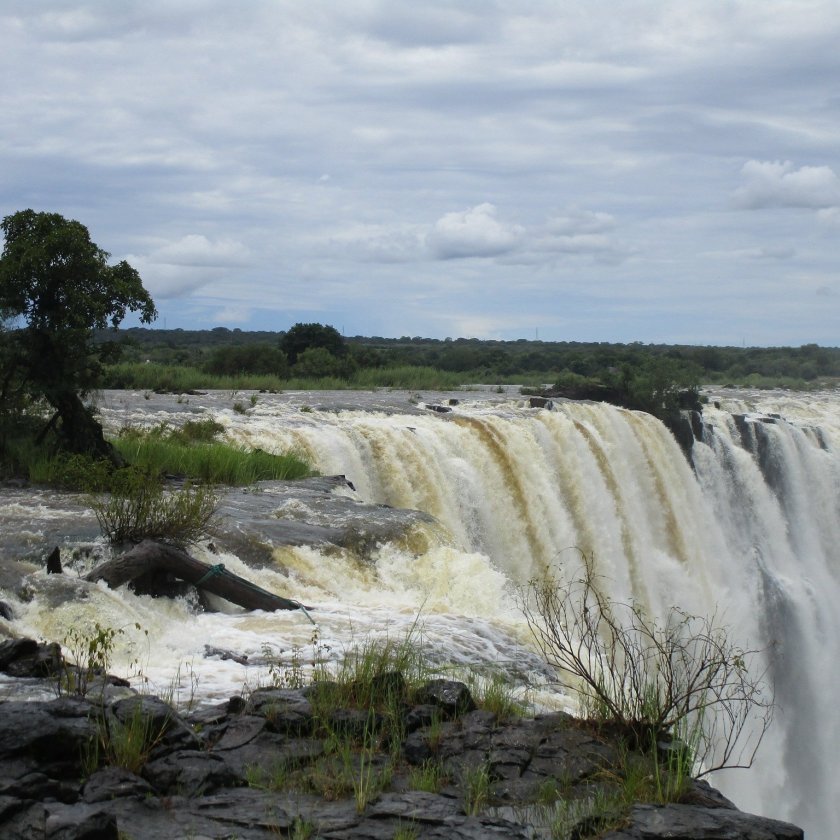Swaziland is a very small country (120 miles by 80 miles) of about 1 million people. Located between South Africa and Moazambique, it is the only country still ruled by a king with absolute power.

People are friendly, the country has been stable for over 100 years, and there is spectacular scenery and wildlife. But 27% of the population is infected with HIV; the highest rate in the world. The government, CDC, and others are working to treat people and stabilize the epidemic but it is a massive problem and has drastically reduced life expectancy here.
The majority of people are subsistence farmers but there are some larger towns. I didn’t see much of them however as I wanted to see the national parks.

Mlilwane Wildlife Sanctuary is in the foothills and animals and people roam freely because there are no predators. So visitors can walk and bike anywhere and get very close to the animals, like this zebra herd that completely ignored me.

Warthogs and nyala antelope wandered around the campsite. I stayed in one of these traditional beehive huts. Just had to duck a little to enter and there aren’t any windows but it was very comfortable.

Another type of antelope, a blesbok.

Then I visited Hlane Royal Park, it once was the king’s hunting grounds but is now a conservation area. I went on two drive safaris – no walking around alone like at Mlilwane – here’s why!


On the rhino drive, we were able to get out and with the guide, approach the rhinos to see them better! A mother and 4-year old daughter were resting in the shade. The mother was sharpening her horn on the trees – not as a threat to the humans but because this is the horn-sharpening area.


Also saw elephants. This female thought we were too close and started to warn us off until we got far enough away. They are big animals!


Also saw a brown snake eagle,a starling with red eyes, and juvenile male nyalas.
















































